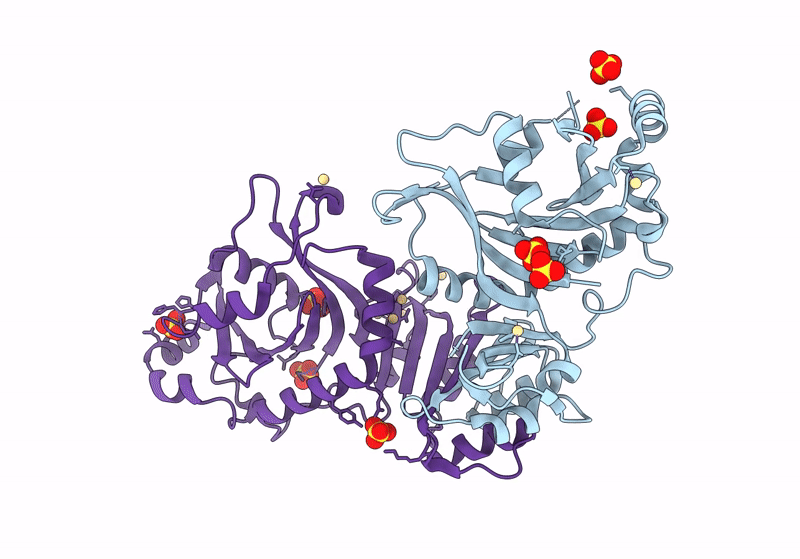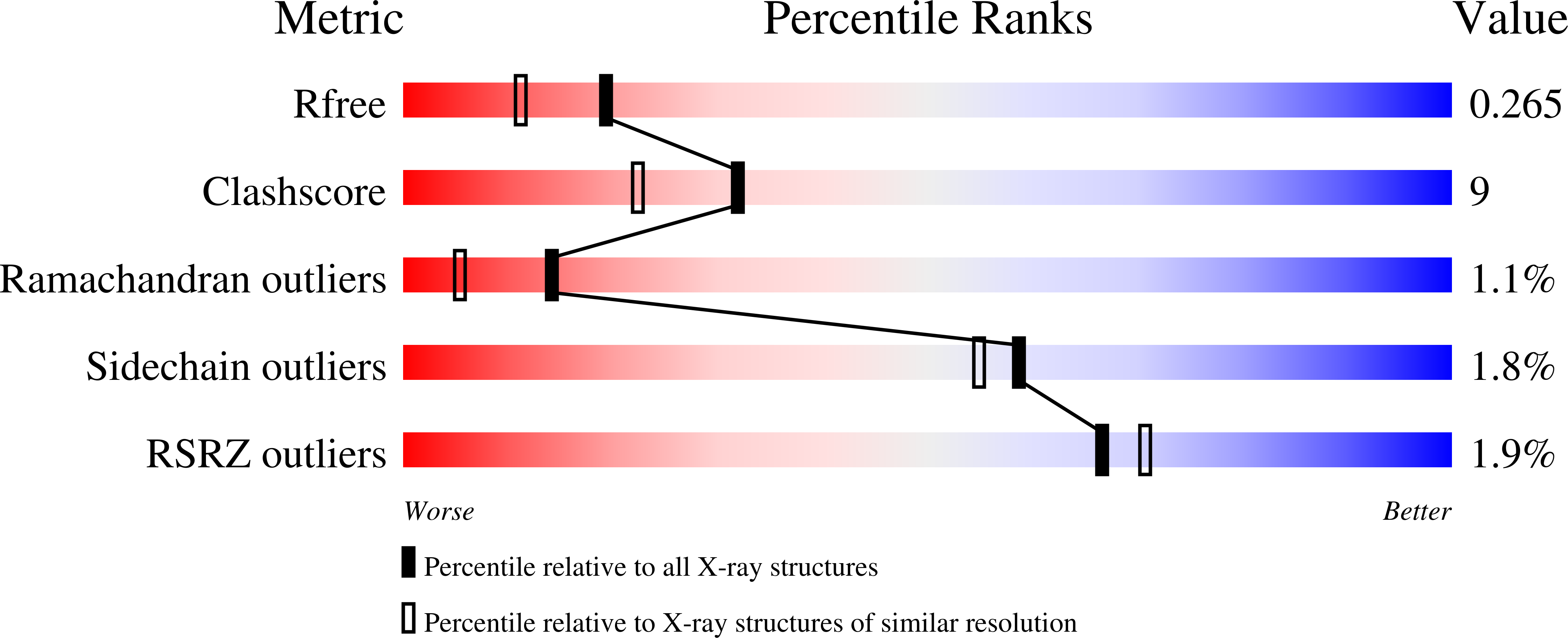
Deposition Date
2023-08-21
Release Date
2024-04-17
Last Version Date
2024-11-13
Entry Detail
Biological Source:
Source Organism:
Lambdavirus lambda (Taxon ID: 10710)
Host Organism:
Method Details:
Experimental Method:
Resolution:
2.05 Å
R-Value Work:
0.20
R-Value Observed:
0.21
Space Group:
P 32 2 1


